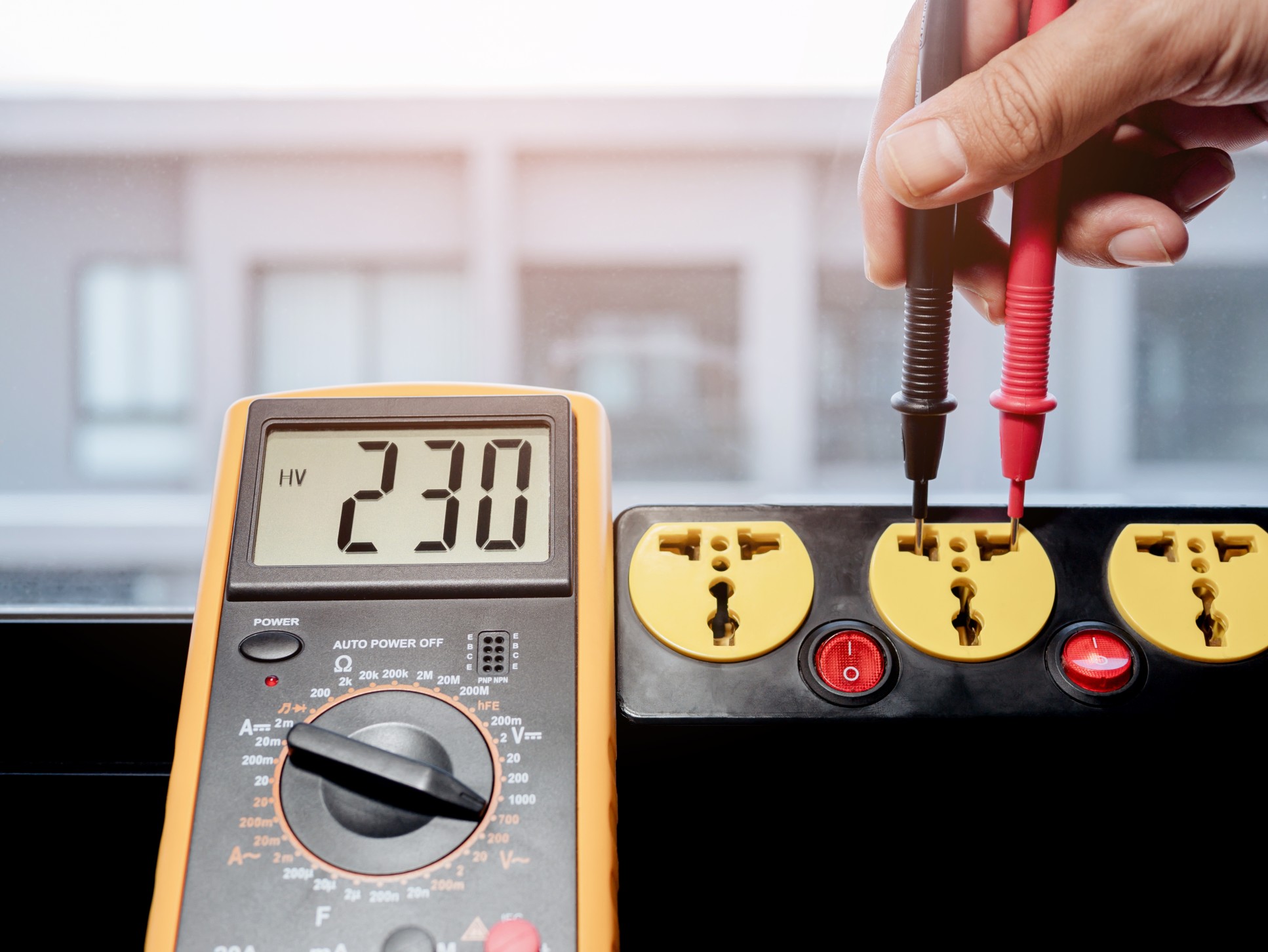While a large majority of home electrical renovations are dangerous for inexperienced homeowners, there are some scenarios where calling an electrician is not necessary. Furthermore, pinpointing a problem before an electrician arrives can help quicken the renovation and make the whole process much smoother. Electrical current can be hazardous, which is why homeowners are advised to use a non-contact voltage tester anytime they are dealing with their electrical system outside of standard everyday use cases. These devices help you determine the safety and power output of an outlet, device, or appliance in as safe a manner as possible.
Non-Contact Voltage Tester Basics
Non-contact voltage testers provide a way for a homeowner (or anyone) to safely check the presence of a current in a component of an electrical system. Different testers might be more or less reliable at detecting current without actually touching wires, but most should give you a good indication of whether or not current is still flowing within a system. If you need to investigate an outlet, change a lightbulb, or check any other electrical fixture, you should always flip the breaker that powers that area of the house. After doing that, use a voltage tester to ensure the power is off, and the component is safe to handle.
Even if you turn off the power, it is never advised to poke around in electrical systems without the knowledge of how they work. Only do minor repairs that keep your hands far away from stray wires and unknown electrical parts.
Non-Contact Voltage Tester Use Cases
Voltage testers can be helpful for various reasons, for small home repairs or identifying more significant issues.
Outlets – After you turn off the breaker powering an outlet, you can use a voltage tester to see if power is still being supplied to the outlet. This can be a sign of wiring issues or an issue with your breaker box. To test an outlet, gently press the pointy end of the tester to each of the holes on the outlet. If power is running to the outlet, the tester will likely alert before it even comes into contact. If you have suspicions that an outlet is faulty, you can also feel for heat coming off the outlet or look for warped plastic, a sign of faulty wiring.
Light Fixtures and Switches – Unless the project involves extensive rewiring or renovations to a ceiling a wall, homeowners can do simple light fixture, light bulb, or light switch swaps without too much concern, as long as they remember to follow safety protocols.
As always, make sure to turn off power to that area of the house and flip the switches a few times to ensure they are no longer activated. For light fixtures, you can unscrew the bulb and hold the voltage tester against the base of the socket to test for the presence of current. For light switches and light switch panels, holding the tester up to the screws or outward-facing panel should be more than enough to alert you to the current. Always safely check any wires that make themselves known during your renovation.
Non-contact testers are great for confirming that no power reaches the element you are concerned about. However, that is the limit of this device. They can let you feel confident and safe during minor renovations but do not replace the entire toolbag that a professional electrician will bring to the project. You should never attempt to perform any electrical job you are not confident doing.
Promise Electric employs a team of master electricians who service residential and commercial clients throughout Sarasota.



